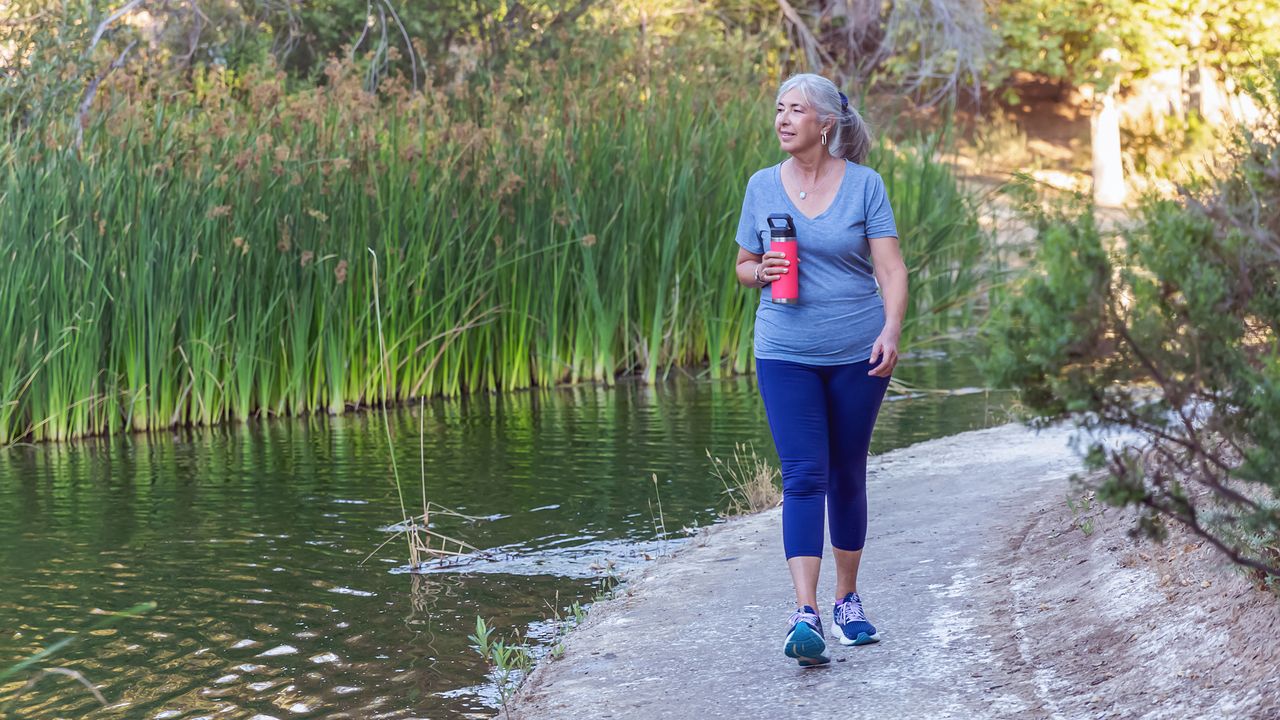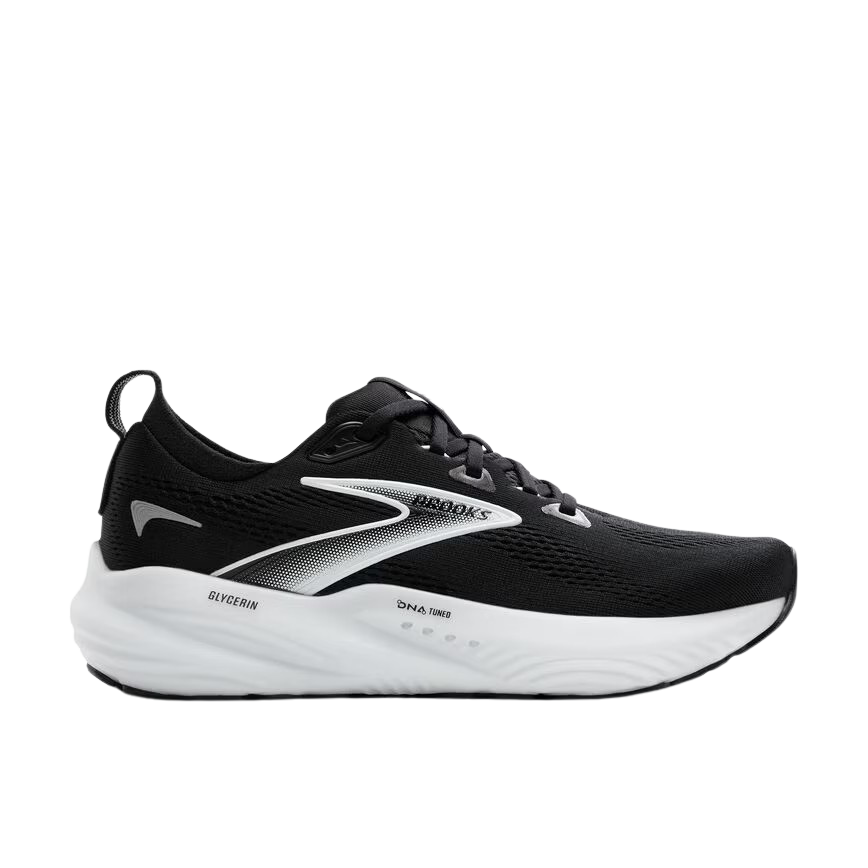
Often, after illness or injury, we lose physical condition, which can lead to muscle weakness, issues with balance and loss of confidence.
Walking—particularly walking with company—can be a great way to get active again if you’ve not been able to exercise for a while. If you’re starting your first 1,000 steps and feeling intimidated, this trainer’s 15-minute walking plan might be a good place to start.
Stephen Holt (CSCS) is a certified personal trainer and owner of 29 Again Custom Fitness in Timonium, Maryland. He specializes in strength and mobility training for women over 50 and tells me that walking is one of the most effective modes of exercise when done properly and with progression.
“Walking is a low-barrier way to increase your circulation and stimulate joint movement without requiring equipment, a gym or even perfect weather,” says Holt. “It gently elevates your heart rate and supports healthy blood pressure, joint lubrication, and lymphatic flow.”
He also explains why it is such a valuable form of movement after recovering from an injury or illness.
“If you’re deconditioned or recovering, walking can help reestablish neuromuscular patterns, rebuild aerobic capacity and restore confidence in basic movement,” says Holt. “For some people, walking can serve as a gateway to more structured strength or mobility training.”
Beginner walking workout
If you’re just starting, set yourself the goal of completing 15 minutes of walking—don’t worry about the distance you cover.
If you’re walking outdoors, choose a flat, familiar route. Let a partner or friend know when you’re out for a walk. Better yet, walk with someone with similar goals.
1. Warm-up
Time: 3min
Walk slowly—so slowly that it feels too slow.
Focus on maintaining an upright posture, relaxed breathing and a natural stride.
2. Steady walk
Time: 4min
Increase to a comfortable pace. You should not be breathless and be able to hold a conversation.
3. Intervals
Time: 2min
Alternate between 30 seconds of brisk walking and 30 seconds of recovery at a slower pace.
A brisk walk requires a bit more effort than a steady walk, but you are still not out of breath. Holt describes it as “comfortably uncomfortable.”
4. Steady walk
Time: 3min
Return to a comfortable pace, slightly faster than your warm-up, slower than a brisk walk.
5. Cool-down
Time: 3min
Gradually slow your pace each minute until you are walking very slowly again.
Once you've finished, feel free to add a couple of lower-body stretches targeting your calves, hamstrings and quads. Here are three post-walk stretches to try.
As you gain confidence and fitness, try following the science-backed interval walking training, a 30-minute interval walking workout intended to be performed four times a week.
Shop walking shoes
If you need to upgrade your walking shoes, here are the top three picks from Fit&Well’s guide to the best walking shoes.










